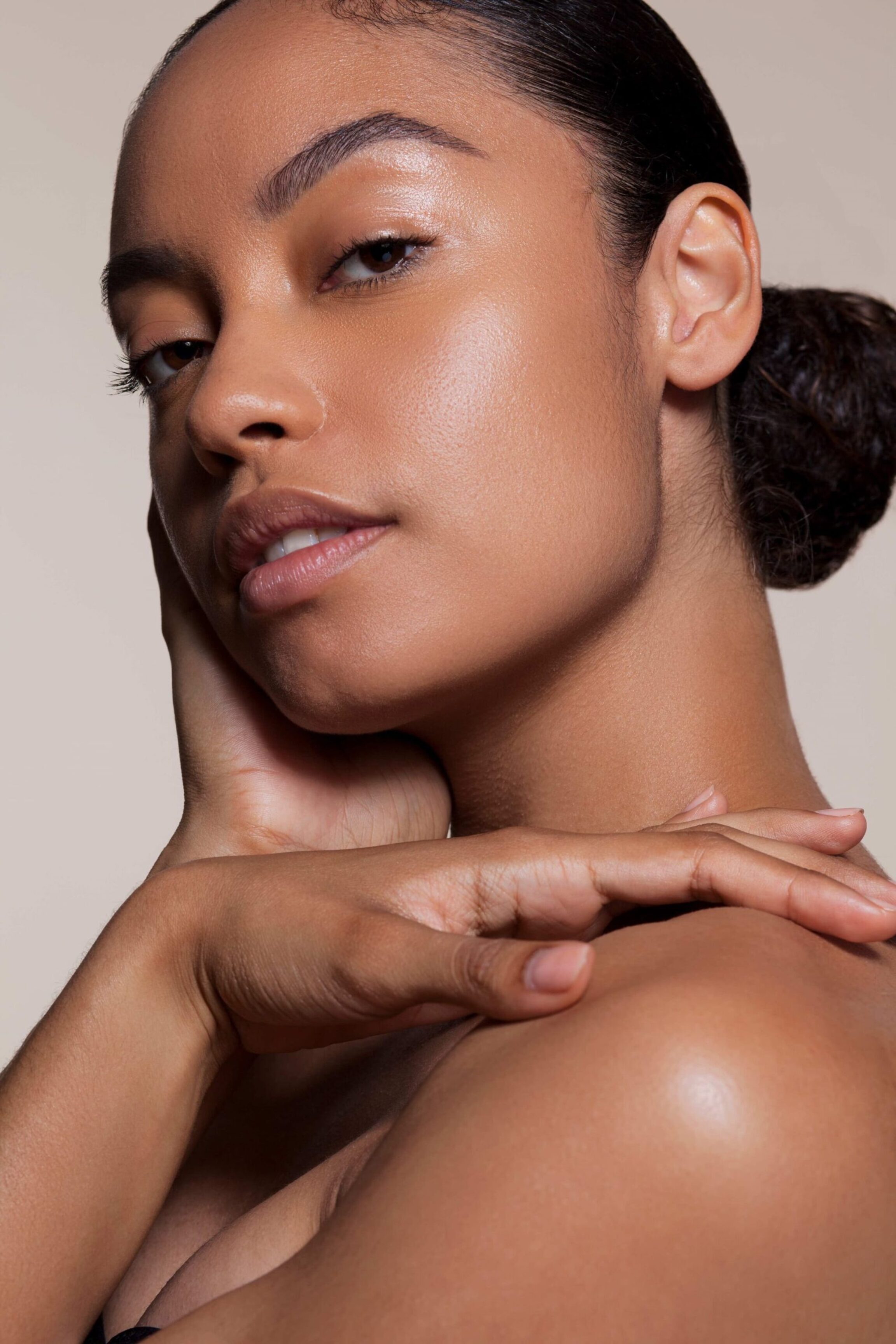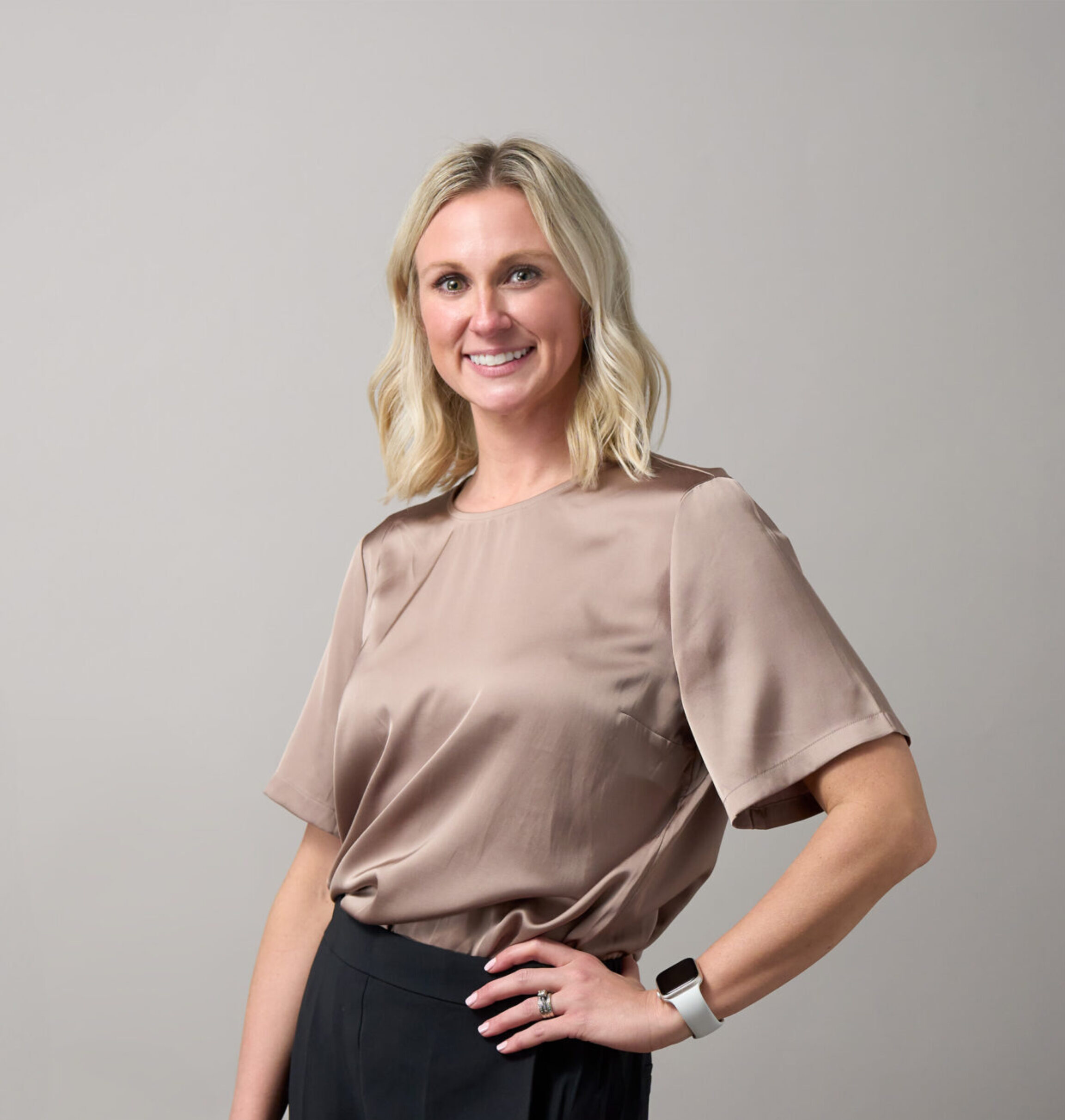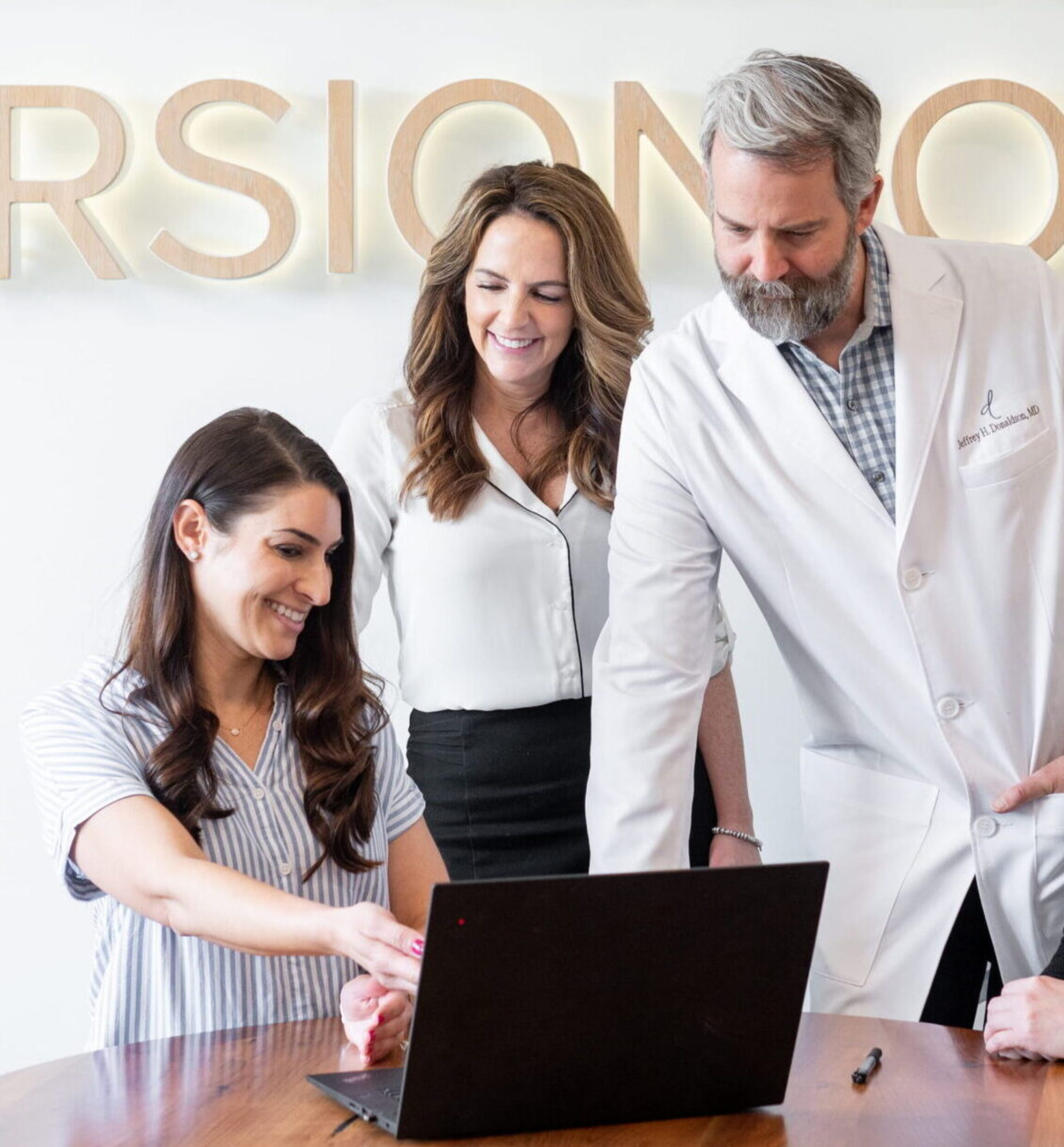What Happens During A Halo Treatment

A Complete Look At What You Can Expect From A Skin Resurfacing Session
Halo laser skin resurfacing is an increasingly popular cosmetic procedure that improves the texture, tone and overall appearance of your skin. Whether you’re looking to reduce fine lines, wrinkles, scars or sun damage, this non-surgical treatment can be an effective, one-session solution.
As you consider this incredible option for your skin concerns, we wanted to first walk you through everything that happens during a Halo treatment, from preparing for your visit to the recovery process.
Step 0: The Consultation & Assessment
The journey to laser skin resurfacing begins with a consultation with one of our qualified providers. During this initial meeting, you’ll discuss your goals, concerns and medical history. Your practitioner will examine your skin to determine if you are a suitable candidate for this procedure.
Halo is safe and effective for just about every skin type, no matter your placement on the Fitzpatrick Skin Type Scale. However, certain skin concerns may lend themselves to other treatments. This will be discussed during your consultation!
Step 1: Preparing For The Procedure
Before the actual treatment, you’ll receive specific instructions on how to prepare. This often includes avoiding certain medications, discontinuing the use of skincare products containing retinoids and wearing sunblock to protect your skin from UV damage. Alcohol consumption, tanning, chemical peels, deep facial treatments and injectables should be avoided before your appointment, as well.
Before your visit, you will also be asked to fill out your patient consent forms and to ensure you’ve had all of your questions about the treatment answered ahead of time so you can walk into the office with full confidence.
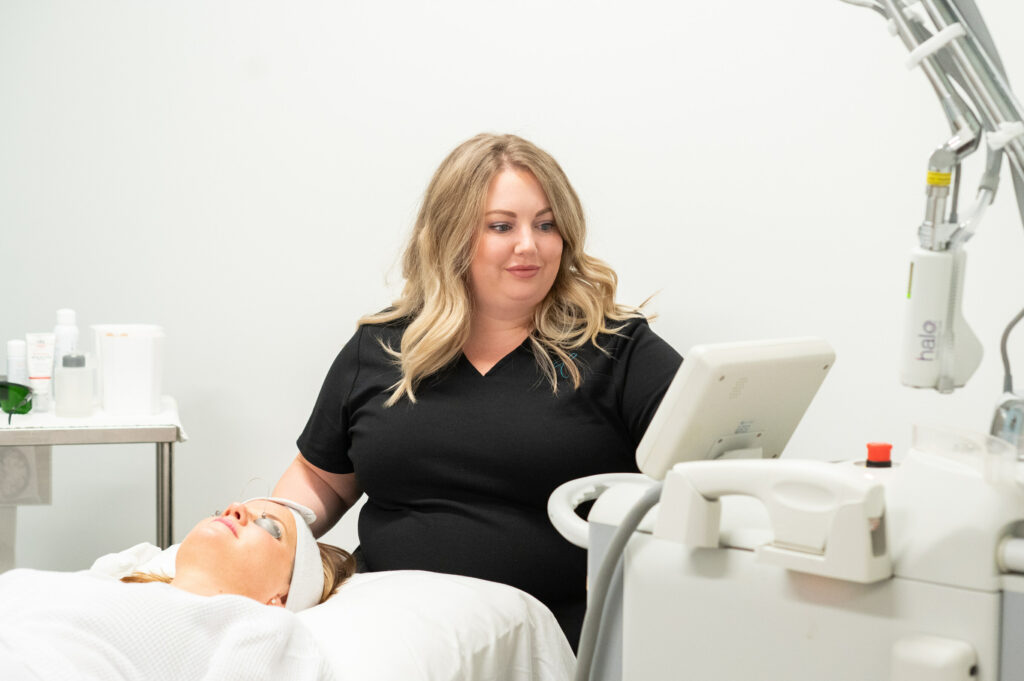
Step 2: Numbing The Skin
Average Numbing Time: 30 – 60 minutes
On the day of the procedure, one of our skincare specialists will first cleanse the skin and apply a topical anesthetic or local anesthesia to numb the treatment area. We will explain the contents of your post-Halo take-home kit as the numbing agent reaches its fullest effect. The topical anesthetic is then removed and the skin is cleansed again.
If you are particularly nervous about your Halo procedure, we also offer Pro-Nox — a safe, fast-acting pain relief inhalent that will wear off well before you leave the office. We don’t consider Halo a particularly painful treatment, but the discomfort associated is handled differently among various patients!
“Halo is a full-face laser treatment which is different than a ‘full-field’ treatment. A full-field treatment involves taking off the epidermis and dermis. Halo keeps your skin intact but pokes strategic holes into it — I like to joke that it’s akin to aerating your yard!”
-Adrienne Yanich, RN
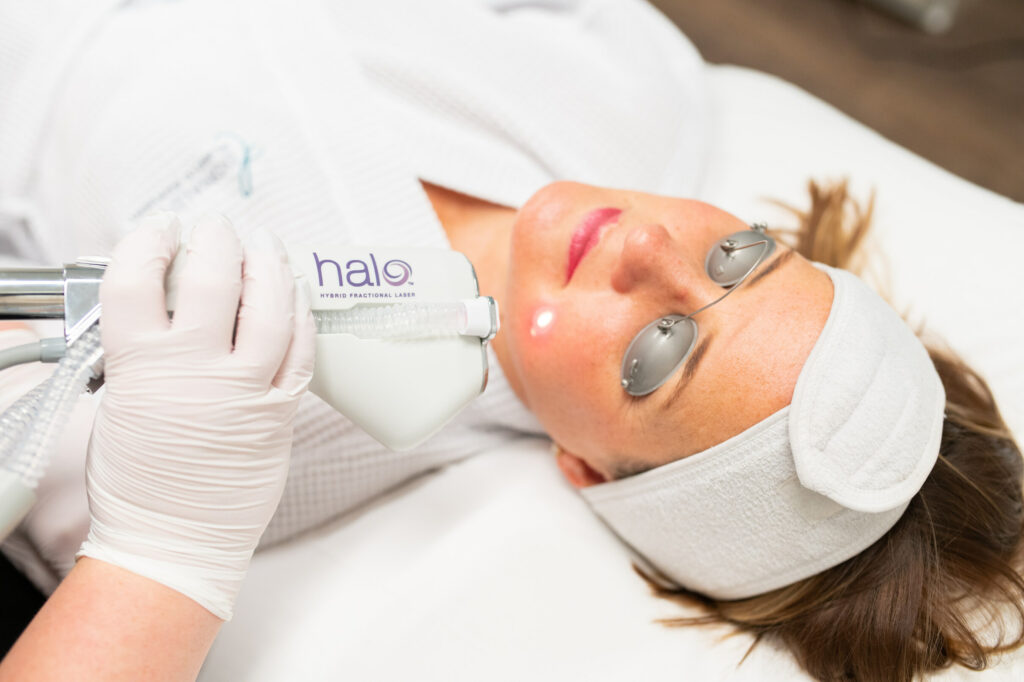
Step 3: The Laser Treatment Begins
Average Session Time: 30 – 45 minutes
Both you and your provider will first equip specialized goggles to avoid eye damage from the lasers. The Halo device is then carefully guided along the surface of your skin in sections.
“Every patient gets a customized approach to Halo based on the depth and energy of the treatment we need to address all of their skin concerns, along with the downtime available. During the session, we use multiple passes of the laser over the skin until we reach the desired amount of energy in the area.”
-Adrienne Yanich, RN
The Device Uses Two Different Types Of Lasers: Ablative & Non-Ablative
- Ablative lasers remove thin layers of damaged skin and precisely create pathways into the skin. This is particularly useful for fine-line finishing.
- Non-ablative lasers (or coagulative) create controlled “micro-injuries” in the skin to effectively stimulate collagen production without damaging the surface. This helps to establish a more even tone.
Optional: PRP For Enhanced Healing
Platelet-rich plasma (or “PRP) is a collection of your body’s natural growth factors that are extracted from your blood. PRP can be used to expedite the healing process. However, not all PRP is created equal and this step could potentially slow down healing and stifle results. Your provider will discuss the quality of your growth factors ahead of time to decide if you are a candidate for this tandem offering.
Step 4: Post-Treatment Care
After the laser skin resurfacing procedure, your skin will be sensitive and require special care. Your practitioner will provide detailed post-treatment instructions, which may include:
- Using the provided water mist spray and fan to help ease the sunburn sensation
- Applying products from your post-treatment kit to keep the skin moisturized and promote healing
- Minimizing sun exposure as much as possible and use sunscreen regularly to protect your skin from UV damage
- Avoiding harsh products and exfoliants
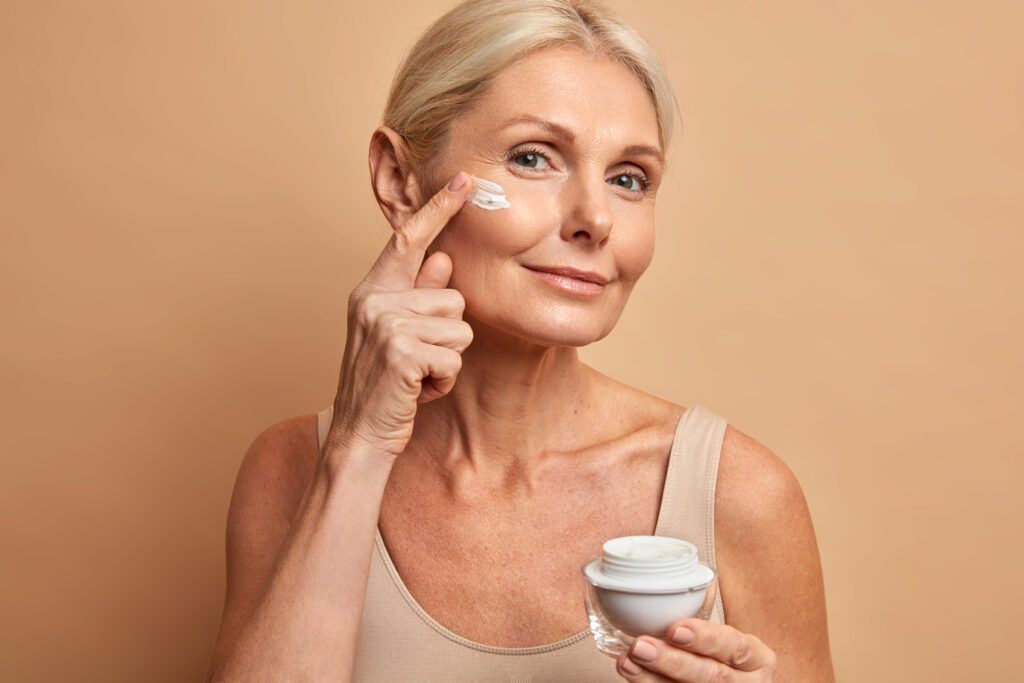
Step 5: An Easy Recovery & The “Halo Glow”
The length of the recovery period varies depending on the amount of energy used during your treatment. That said, most patients only experience the signature sunburn sensation for 1 – 6 hours after their visit.
During the recovery period, you can expect your skin to go through various stages, including redness, spots, dots, peeling, and flaking. This is a natural part of the healing process as your skin regenerates. It’s crucial to follow your practitioner’s post-treatment care instructions diligently to ensure the best possible results.
“The reason you can heal so fast after Halo is that each laser goes through the same pathway. The pathway is sealed immediately, which prevents open wounds and greatly reduces infections.”
-Adrienne Yanich, RN
Step 6: Your Next Appointment & Post-Treatment Facial
The full effects of Halo can often be experienced in just one session. However, you may not have enough downtime available or your skin concerns may be a bit more stubborn — like deeper texture issues. This can require a follow-up Halo treatment to ensure you get the greatest results possible. We do not recommend more than three treatments per year.
Unique to Donaldson, we also provide a complimentary post-treatment facial seven-to-10 days after your treatment to further bolster your results.
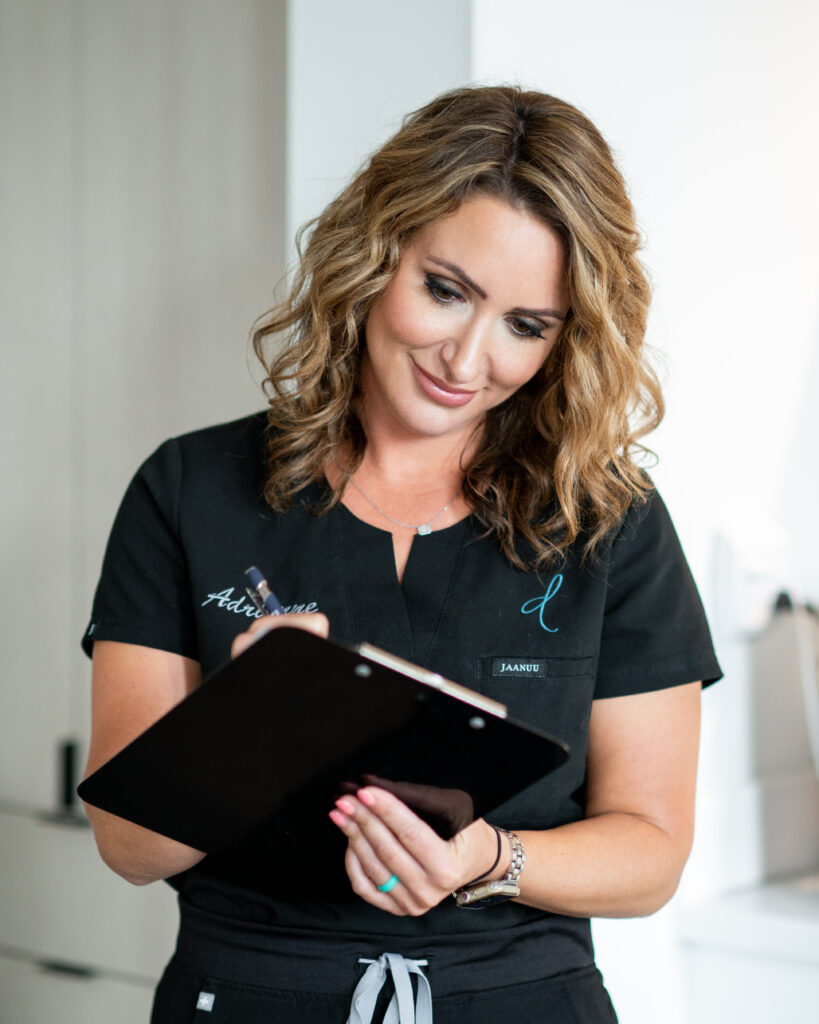
About The Author
Adrienne Yanich, RN, is an expert aesthetic provider in Columbus, Ohio. She specializes in performing top-quality laser skin resurfacing treatments, along with Botox and filler injections. From the initial consultation to the post-treatment recovery, Adrienne aims to help every patient fully understand each step of the process so you can make an informed decision about whether Halo is the right choice for you.
Related Articles
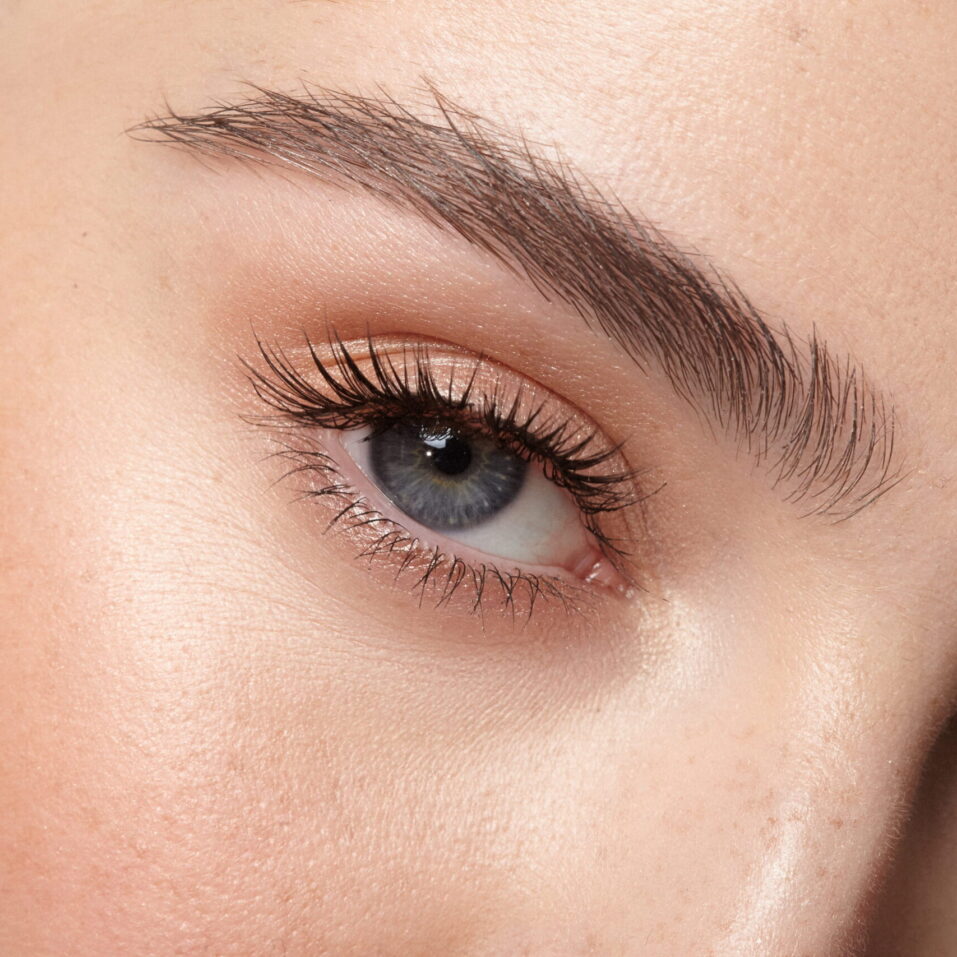
Read More Best Aesthetic Treatments To Enhance Your Eyes
Best Aesthetic Treatments To Enhance Your Eyes
An in-depth look at the Top 9 best aesthetics treatments to enhance the eyes, including cosmetic tattooing, filler injections & microblading.

Read More What Are MOXI Laser Treatments?
What Are MOXI Laser Treatments?
By targeting water in skin cells, Moxi laser treatments safely address sun damage, pigmentation & uneven texture across all skin tones — with minimal discomfort & an expedited recovery.

Read More How Can I Improve My Jawline?
How Can I Improve My Jawline?
A strong jaw has become a symbol of masculinity, which has caused more men to seek surgical, nonsurgical and even exercise options to improve the appearance of their jawline.








